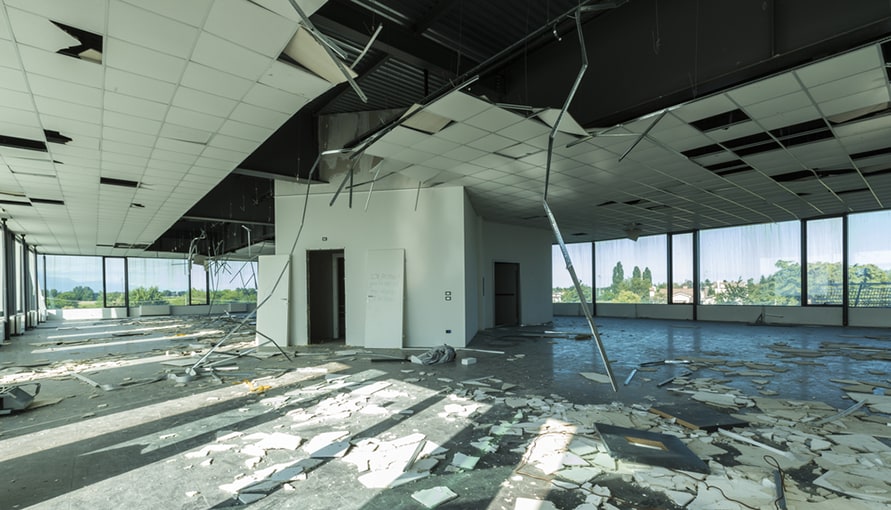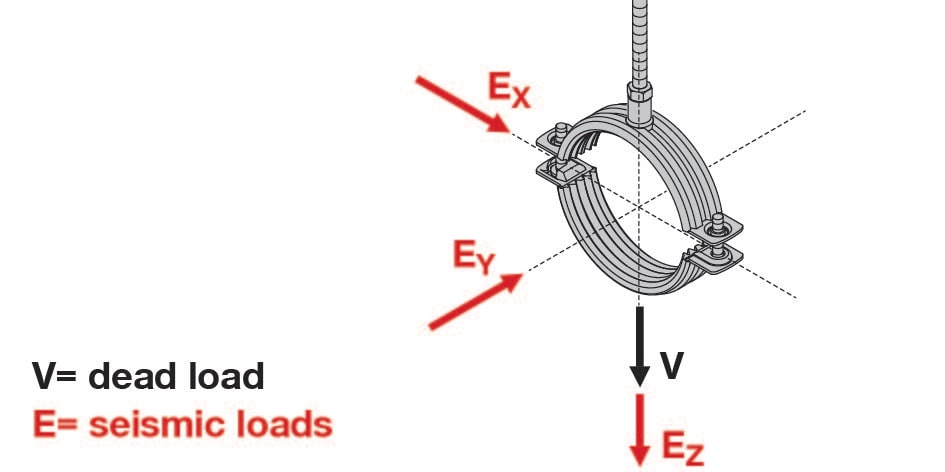

Seismic DESIGN
Seismic requirements are becoming increasingly relevant in the construction industries, including non-structural support system. Since 2014 Hilti has been driven seismic excellence with a comprehensive and tested product portfolio.
Today Hilti represents the first seismic design partner for non-structural supports worldwide, by leading you through all the stages: starting from the design phase, which is generally in MEP designer's scope, to the bidding moment supporting the correct impact evaluation, and eventually ending with support on the jobsite to guide the installation of a proper seismic-safe system!

Your benefits
Safe
Installing safe MEP supports against earthquakes is a key priority to avoid any personal injuries and relavant cost impacts.
Certified
Our engineering team will provide you with a customized report for your specific jobsite.
Easy
No more hassle! Thanks to our multiple solutions, you can pre-design supports or adapt already-installed supports to ensure a full seismic protection.
Fire / Seismic / Corrosion-free
Our supports prevents corrosion, to protect your jobsite from both seismic and fire events. All the requirements you need to give your building a long-life resistance.

The importance of non-structural support systems
Not all earthquakes are massively devastating, indeed even less serious seismic tremors occur everyday all over the world. To be prepared, the construction industry codes (NTC 2008 and Eurocode 8) require non-structural elements and technical installations to be seismic resistant.
This includes all public buildings such as hospitals, schools, shopping malls, and hotels.
THE PHYSICS OF AN EARTHQUAKE
- An earthquake generates additional loads on the pipeline in all directions.
- Loads on the horizontal plane (Ex and Ey) are generally the most critical for the pipe support.
- Building codes (such as EC8, IBC) provide simplified methods to calculate the seismic loads based on an equivalent static analysis.
- According to most building codes the additional vertical seismic load does not need to be taken into account.
- To withstand these horizontal forces, modular support systems must be sufficiently rigid or designed with bracings arranged both in a longitudinal and transversal direction and suitably anchored to the base material.

HILTI RESEARCH AND TESTING ON EARTHQUAKES
Hilti strongly believes in research and development, so we run our own labs and testing facilities working with credited international partners.
For seismic testing, we have been working with our partners at the Department of Structural Engineering of the University of California, in San Diego. Together we conducted several full-scale performance tests on our products by using the largest vibrating table in the world – a special five-storey building subjected to a series of shocks at 1:1 on the Richter scale.
A great achievement to research and design our seismic products, including all the components of our innovative Hilti MQS modular support system.
